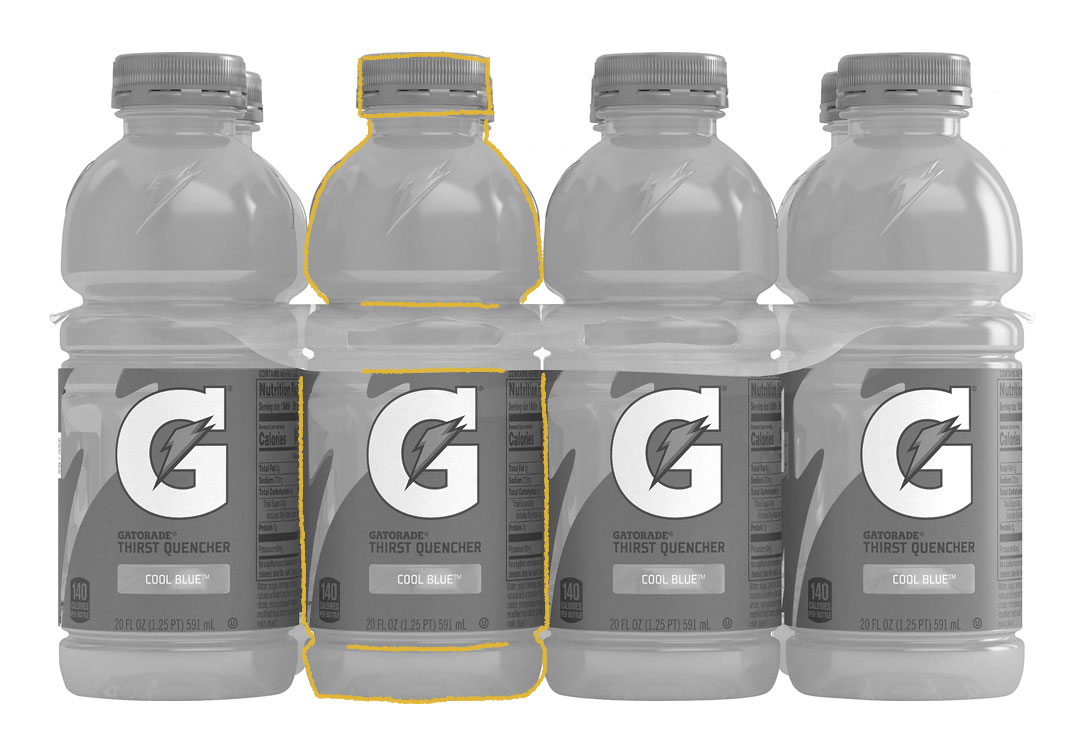Early in the summer of 1965, Dewayne Douglas, then an assistant football coach at the University of Florida, met with a group of on-campus scientists. They were trying to determine why many of the players were so negatively affected by the heat. After running experiments and working with the freshman squad (they weren’t allowed to work with the varsity players initially, but did collect the sweat of freshman players by wringing out their jerseys), Dr. James Robert Cade (then the team physician) and his team of researchers— Drs. H. James Free, Dana Shires, and Alex de Quesada — realized that the players were affected by fluid loss due to sweating and set to work creating a drink that would replenish the lost carbohydrates and electrolytes. The first batch tasted so awful that researchers who tried it either spit it out or vomited. Cade’s wife suggested adding lemon juice and artificial sweetener. The drink was originally called Cade’s Cola. It started to gain national attention after the Florida Gators credited their stamina during their 1967 Orange Bowl win to the drink. Eventually, the name was changed to Gatorade in a nod to the team. Stokely-Van Camp bought the rights to Gatorade in 1967 and it debuted in supermarkets shortly after the acquisition. There was a short legal battle between the Gatorade Trust and the University of Florida over proceeds, but the issue was resolved in just under 3 years of legal proceedings. In 1983, Quaker Oats bought the rights to Gatorade and began marketing it nationally. In 2001, it was acquired by PepsiCo. Today, Gatorade is closely associated with many professional sports and is the drink of choice for athletes of all levels. It is also used to aid in post-operative recovery in hospitals and to treat diarrhea in children. Today, Gatorade is sold in around 80 countries and is available in a wide variety of flavors.

Your go-to guide for weird history facts
Subscribe to the FREE daily email that makes learning about history fun.


